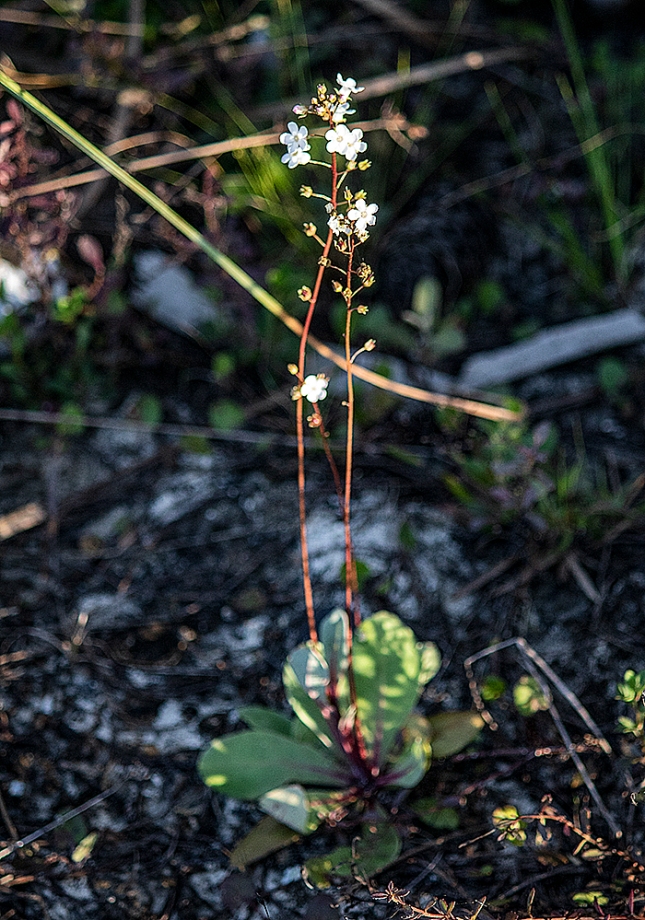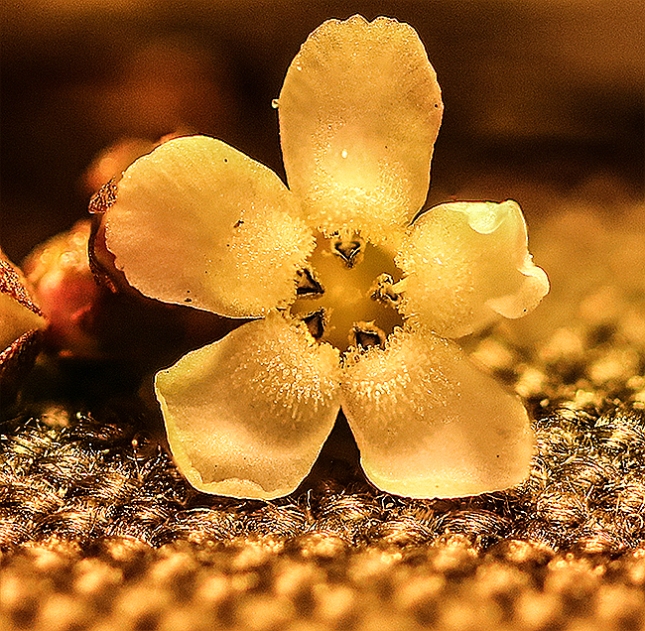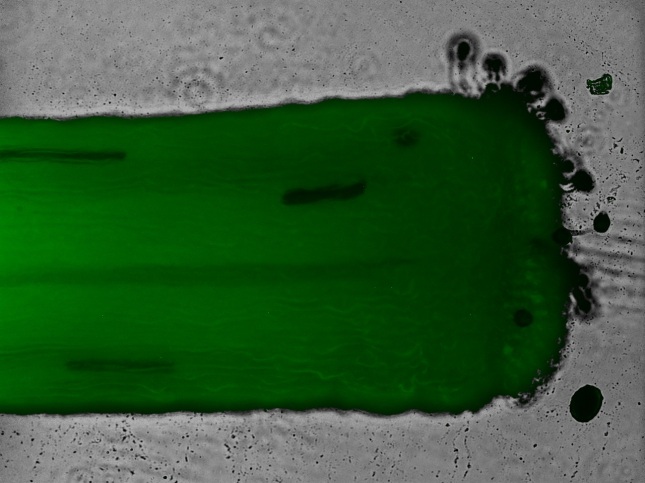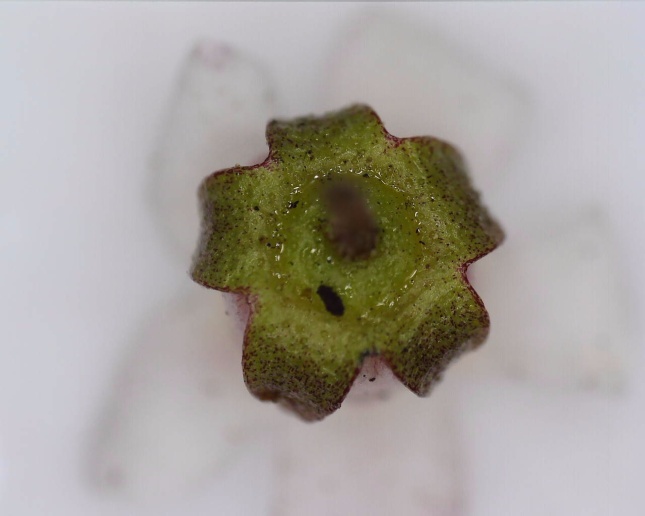Samolus ebracteatus
(Samolus comes from an ancient name for a related species. Ebracteatus means there are no small leaves mixed with the flowers.)
Samolaceae
There’s a special “breed” of wildflower that I love to see and ponder…species that start their lives in water and then wind up high and dry as the season dried out, often very dry…from one extreme to the other. Such wet-to-dry types always have interesting tricks up their sleeves. “Brookweed” is a semi-misnomer for today’s species. Yes, you can find it in brooks, but you can also find it in dry deserts where water had accumulated previously, in salt marshes, and, in Palm Beach County, on dry sand baking in the sun. It favors alkaline conditions. Today you’d never know it has anything to do with “brooks.”

The leafy rosette at the base looks like something straight out of Arizona, with thick, succulent, waxy-looking leaves in a twisty rosette with some red sunscreen. The rosettes of most plants have leaves that lie flat against the ground—think of a thistle or a dandelion. But the brookweed rosette has the leaves contorted so that they tend to face the sun edge-on rather than the more normal face-on, the contorted configuration cutting down on direct solar radiation at mid day, and at the same time maximizing wind exposure, allowing cooling.

The white flowers are about ¼ inch in diameter on short stalks arrayed along a long wand. They mature from the base upward as the wand grows, so as the season progresses the plant keeps making new flowers over a long time period while lower down fruits mature from the older flowers and release seeds. The entire reproductive cycle occurs all at once.
Seen from the side, the flower looks like a tiny vase. The upper rim of the vase is lined on the inside with five pollen-producing anthers mixed with fuzz. The pollen-receptive style rises straight up from the vase floor. As the style rises it passes through the ring of fuzz and anthers which cover the tip of the style (the stigma) with pollen. That pollen germinates and completes the sexual cycle, all contained within the same flower. No need for the birds and the bees.

Style and stigma with self-pollen germinating.
That last statement is maybe a little over-stated. Despite the self-pollination, bees and butterflies do visit the flowers. Perhaps they bring a little outside pollen just to shuffle the genetic deck a bit.
There’s one more weird thing. On the outside of the flower at the base, there is a donut of glistening wet material around the “bottom of the vase” surrounding the point where the flower stalk is attached. A mystery. Can’t imagine the shimmering gel attracts or feeds pollinators who could not get at it down and outside. I suspect it is “flypaper” to prevent little crawling insects from bothering the blossom.

Sticky ring around the base of the flower

